MEDIA
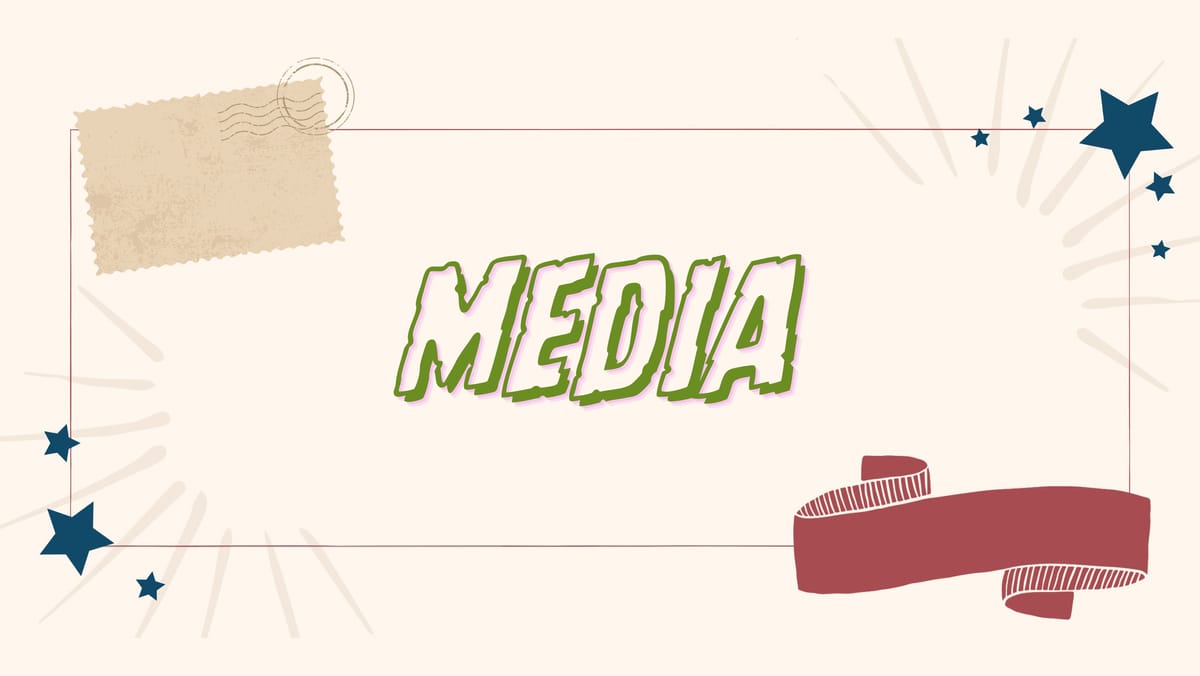
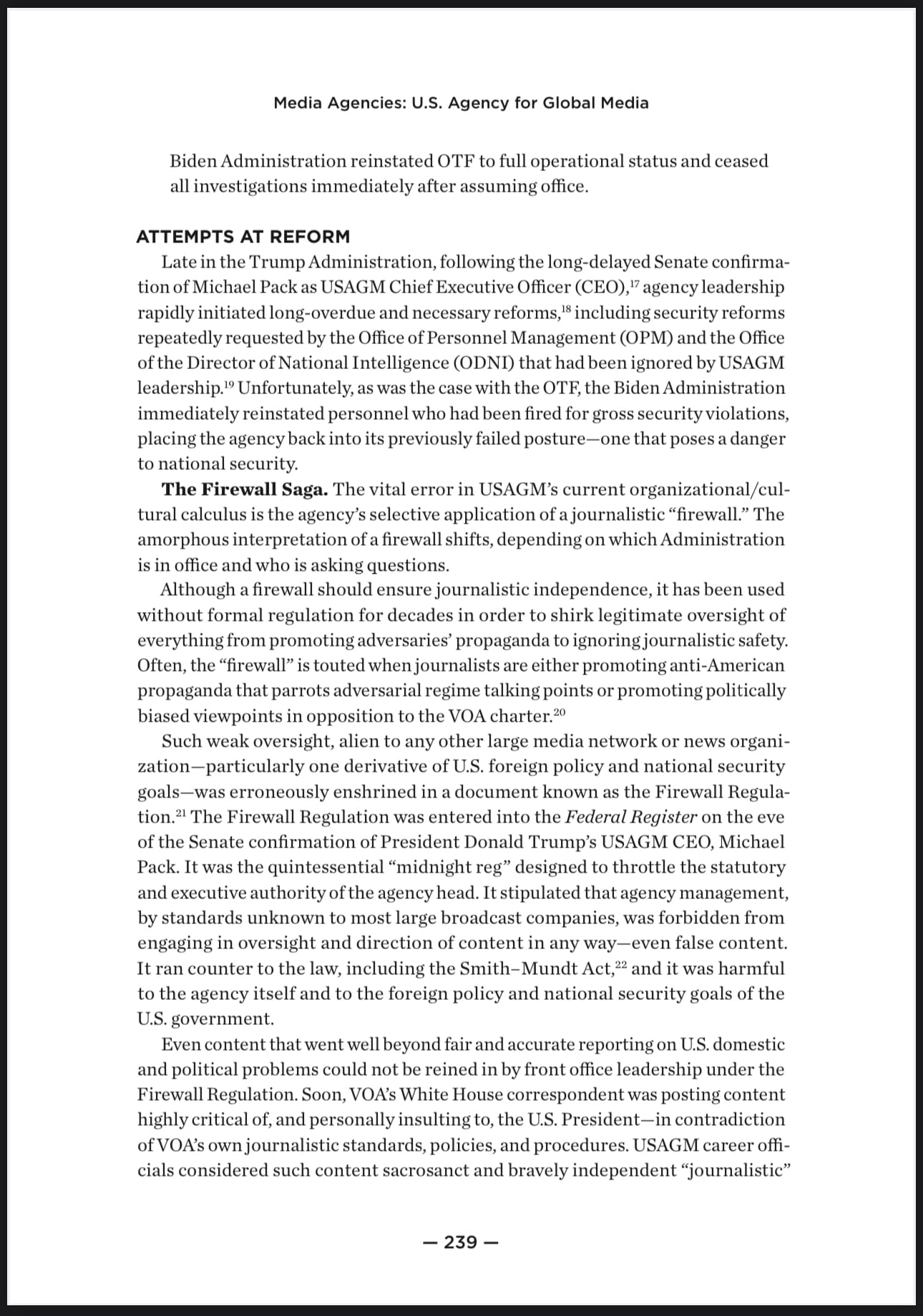
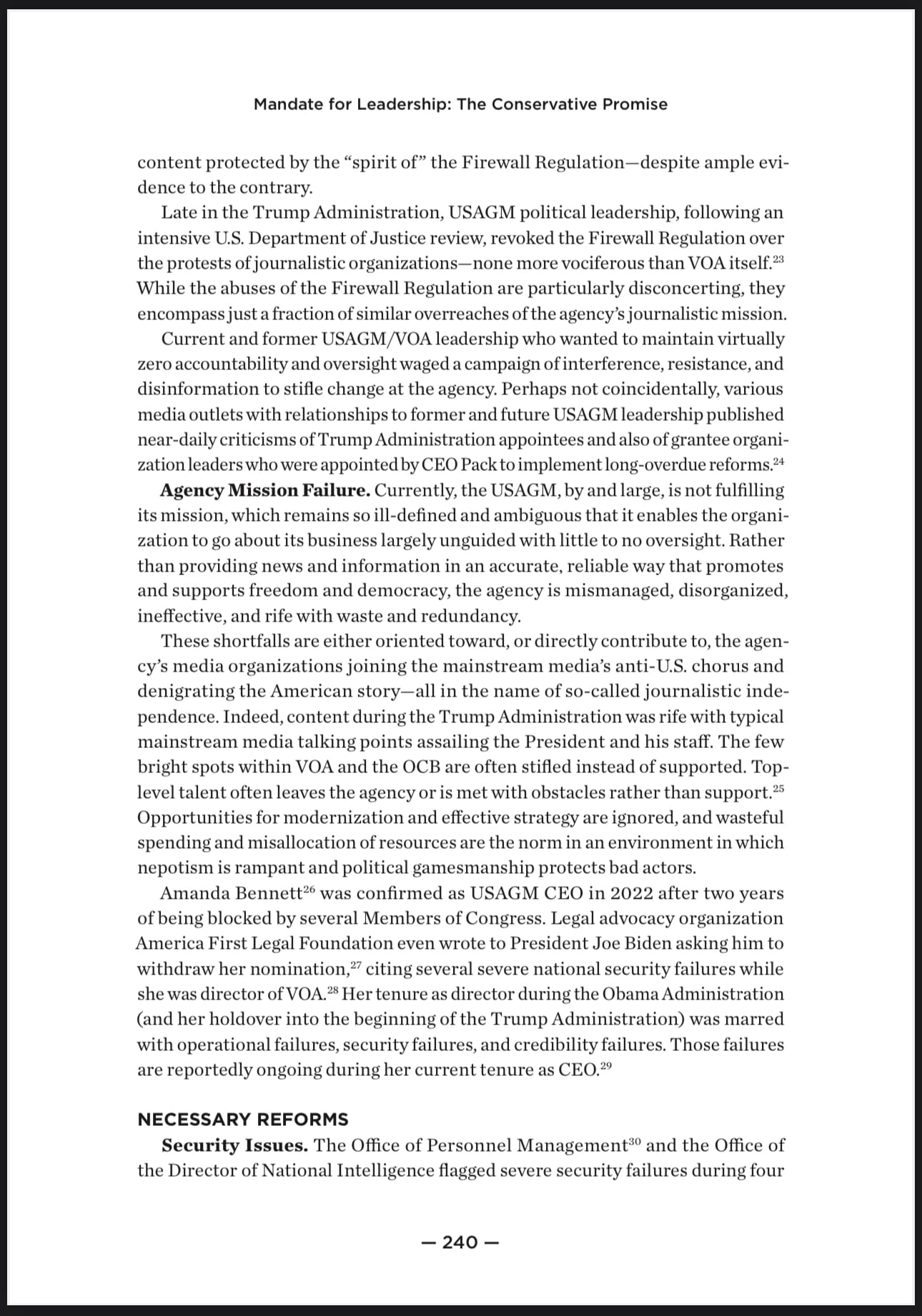
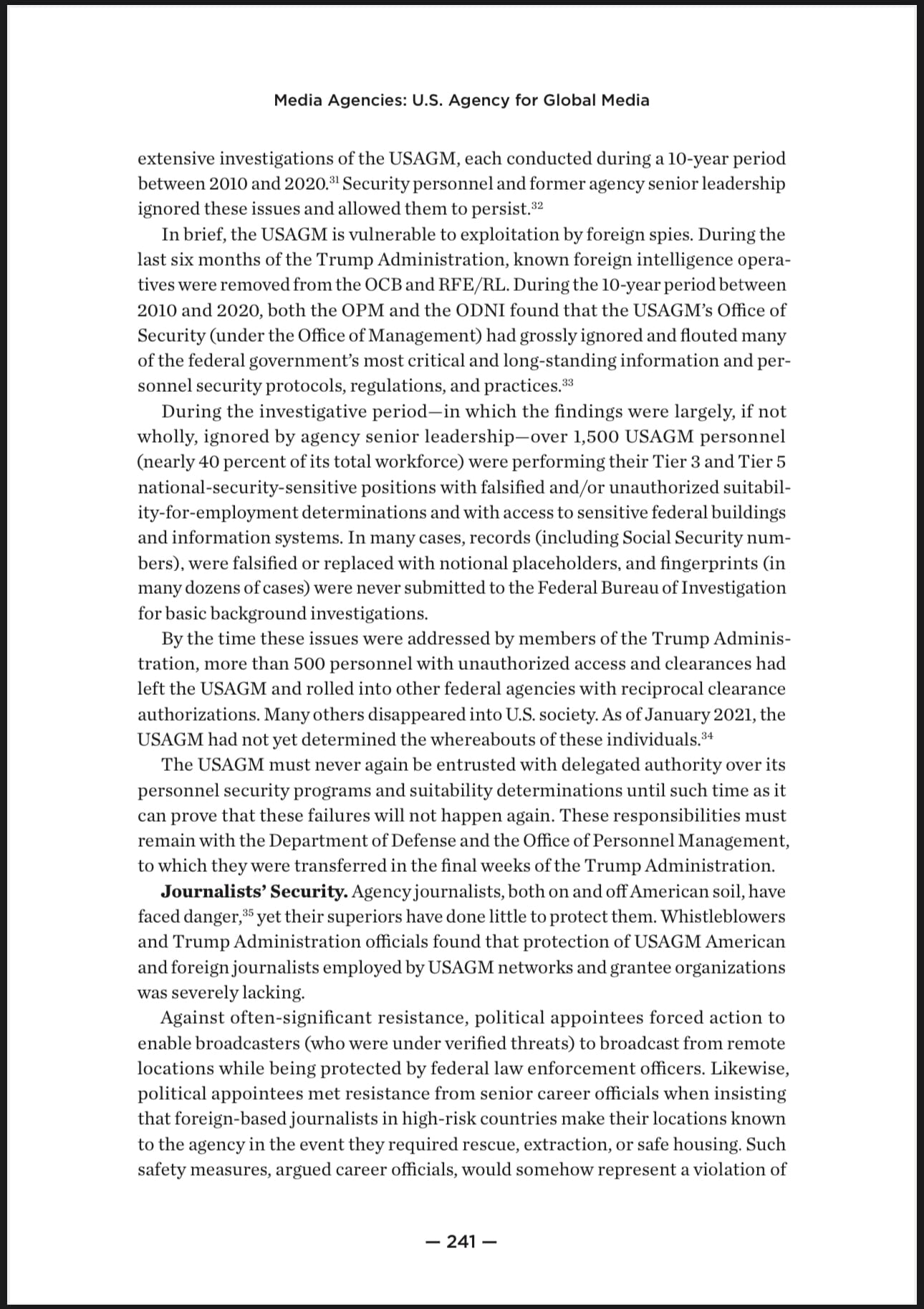
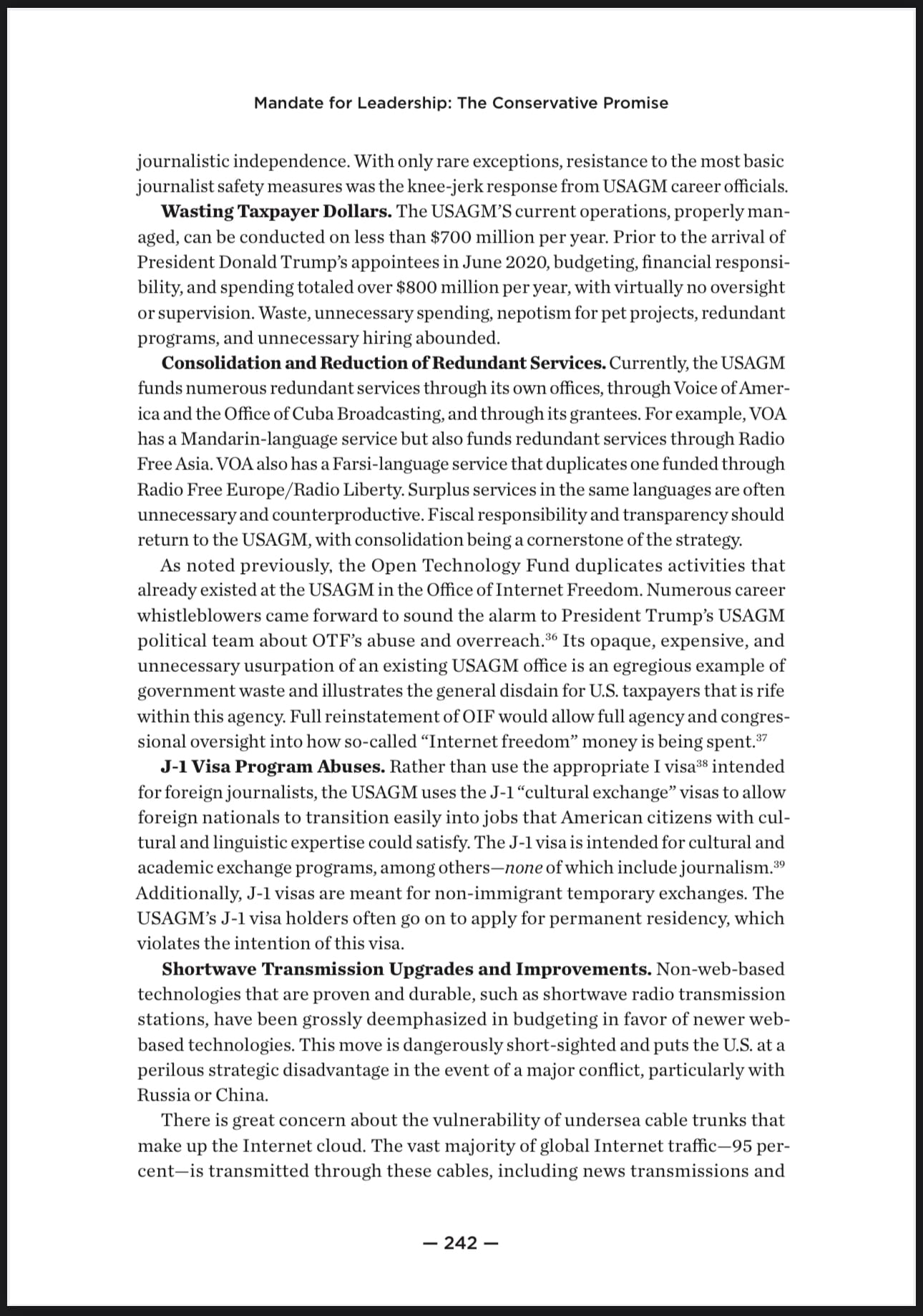
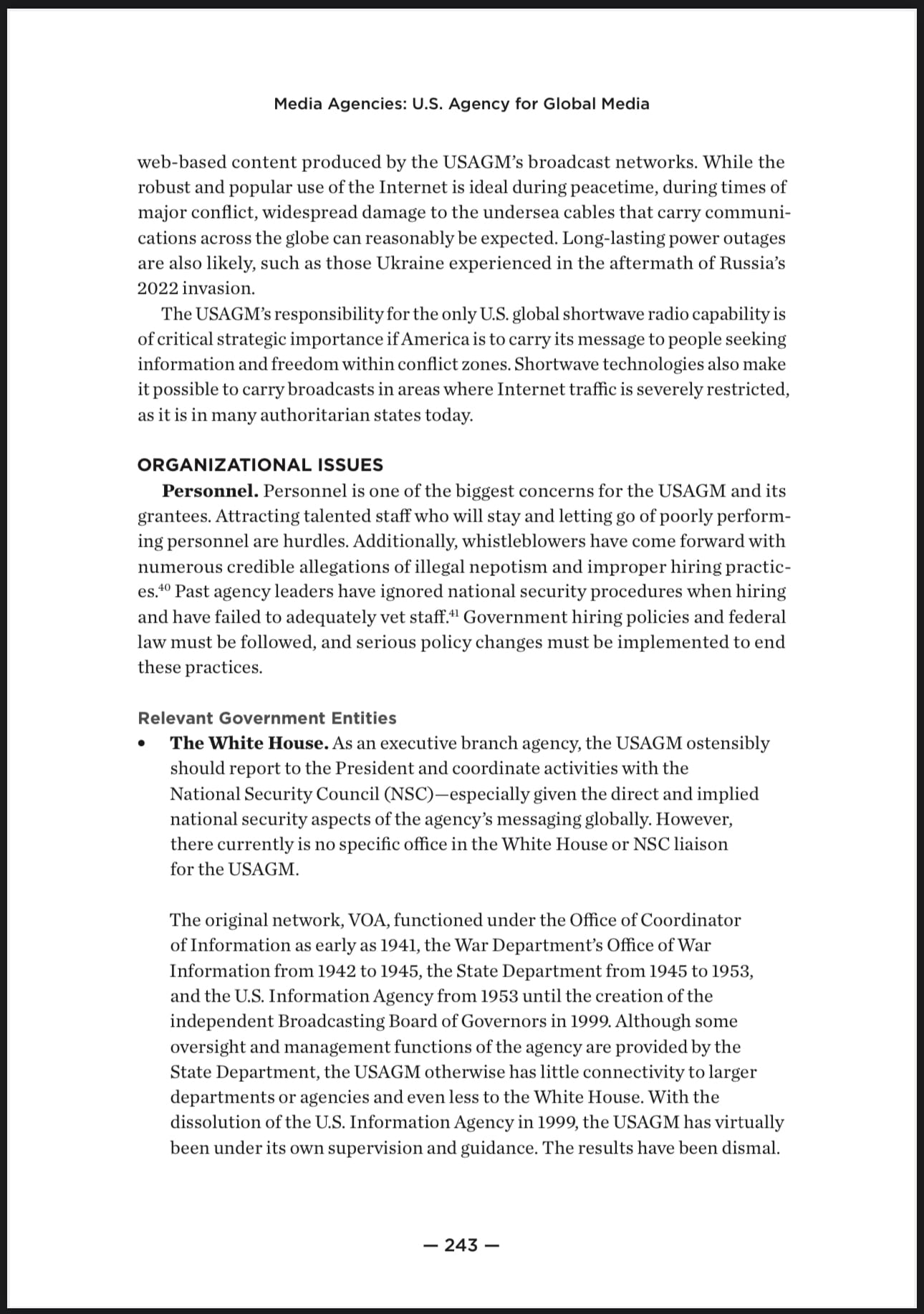
Potential Problems Caused by Trump’s Media Policy
1. Interference with Media Independence: One of the key concerns in the documents is the Trump administration’s effort to dismantle the USAGM’s “firewall” regulation, which is meant to protect the agency’s editorial independence from political interference. This firewall is crucial in ensuring that US-funded international broadcasters like Voice of America (VOA) can operate without government influence. The removal or weakening of this regulation under Trump’s leadership could lead to government-controlled narratives and propaganda. It risks transforming media into a political tool, eroding journalistic integrity, and promoting biased or politically motivated content. Such control could significantly damage the credibility of U.S. media outlets, especially those broadcasting internationally.
2. Management Failures and Resource Misallocation: The report highlights significant management issues and wasteful spending during Trump’s tenure. USAGM, which should have been operating efficiently on a budget of $700 million, ended up spending over $800 million annually, with little oversight. Nepotism, redundant services, and wasteful spending are emphasized as recurring problems. Without proper reforms, the misuse of taxpayer dollars for ineffective programs and bloated bureaucracy could worsen, diverting resources from the core mission of providing accurate, reliable news in areas where it is needed most.
3. Undermining Strategic Media Tools: Another notable issue is the underfunding and de-emphasis on shortwave radio technology, which remains crucial in broadcasting to authoritarian states and conflict zones where internet access is restricted. Trump’s focus on newer, internet-based technologies ignores the strategic importance of shortwave radio, which has been a resilient tool for reaching audiences during times of crisis or war. The shift toward digital platforms increases the vulnerability of U.S. media outreach in times of internet shutdowns or cyber warfare. In conflict regions, like during Russia’s 2022 invasion of Ukraine, the ability to broadcast over traditional channels like shortwave can be critical, and neglecting this could reduce U.S. media influence globally.
4. Security Vulnerabilities and Personnel Issues: The USAGM under Trump faced serious security failures. These included improper vetting of personnel, unauthorized access to sensitive information, and failures to remove individuals with compromised clearances. Such security lapses not only jeopardize national security but also the safety of journalists working in hostile environments. The protection of USAGM’s journalists—both American and foreign—was reportedly insufficient, further endangering those reporting from conflict zones. Any future attempts to weaken oversight and further cut corners on security protocols would exacerbate these risks.
5. Use of J-1 Visa for Political Agendas: The documents also mention the misuse of the J-1 visa program, which is designed for cultural exchange but was instead used to bring in foreign journalists to transition into jobs that Americans could fill. This not only goes against the intended purpose of the visa but also reflects a broader issue of Trump’s administration bending rules for political convenience, thereby damaging trust in government institutions and policies.
Differences from Trump’s First Term
• Shift from Public Criticism to Direct Control: During Trump’s first term, his media strategy primarily involved public attacks on mainstream media outlets, branding them as “fake news” and undermining their credibility. However, Project 2025 suggests a more structured approach to controlling media during a second term. Rather than simply criticizing unfavorable reporting, the administration’s focus shifted toward directly controlling state-funded media like USAGM by revoking regulations that protect editorial independence.
• Focus on Institutional Reforms: Unlike his first term, where Trump’s media battles were largely rhetorical, the second term plans involved institutional changes within government agencies. The report reveals a concerted effort to overhaul USAGM by firing personnel, implementing organizational reforms, and consolidating services. This indicates a deeper, systemic attempt to reshape how government-funded media operates, as opposed to Trump’s initial strategy of public denunciation and personal attacks on journalists.
• Emphasis on National Security and Political Messaging: Project 2025 highlights the intertwining of media policy with national security concerns, pointing out the risks of foreign influence within USAGM and the failure to address security threats. During Trump’s first term, media policy was less focused on security and more on shaping public narratives through speeches and social media. The second term proposals seem to address media as part of a broader security apparatus, aiming to protect U.S. interests abroad and control the information flow in a way that aligns with the administration’s foreign policy goals.
Conclusion
Trump’s media policy in a potential second term, as outlined in Project 2025, presents significant risks to journalistic freedom, the effective use of public funds, and the strategic influence of U.S. media on the global stage. The dismantling of regulatory protections, coupled with attempts to centralize control over government-funded media, could result in a shift toward state-influenced propaganda. Moreover, the weakening of traditional media tools like shortwave radio and the mismanagement of resources could further diminish the credibility and reach of U.S. media outlets. In contrast to his first term, which focused on attacking the media from the outside, Trump’s future media policy seems designed to reshape it from within, using institutional reforms and political influence to control the narrative.